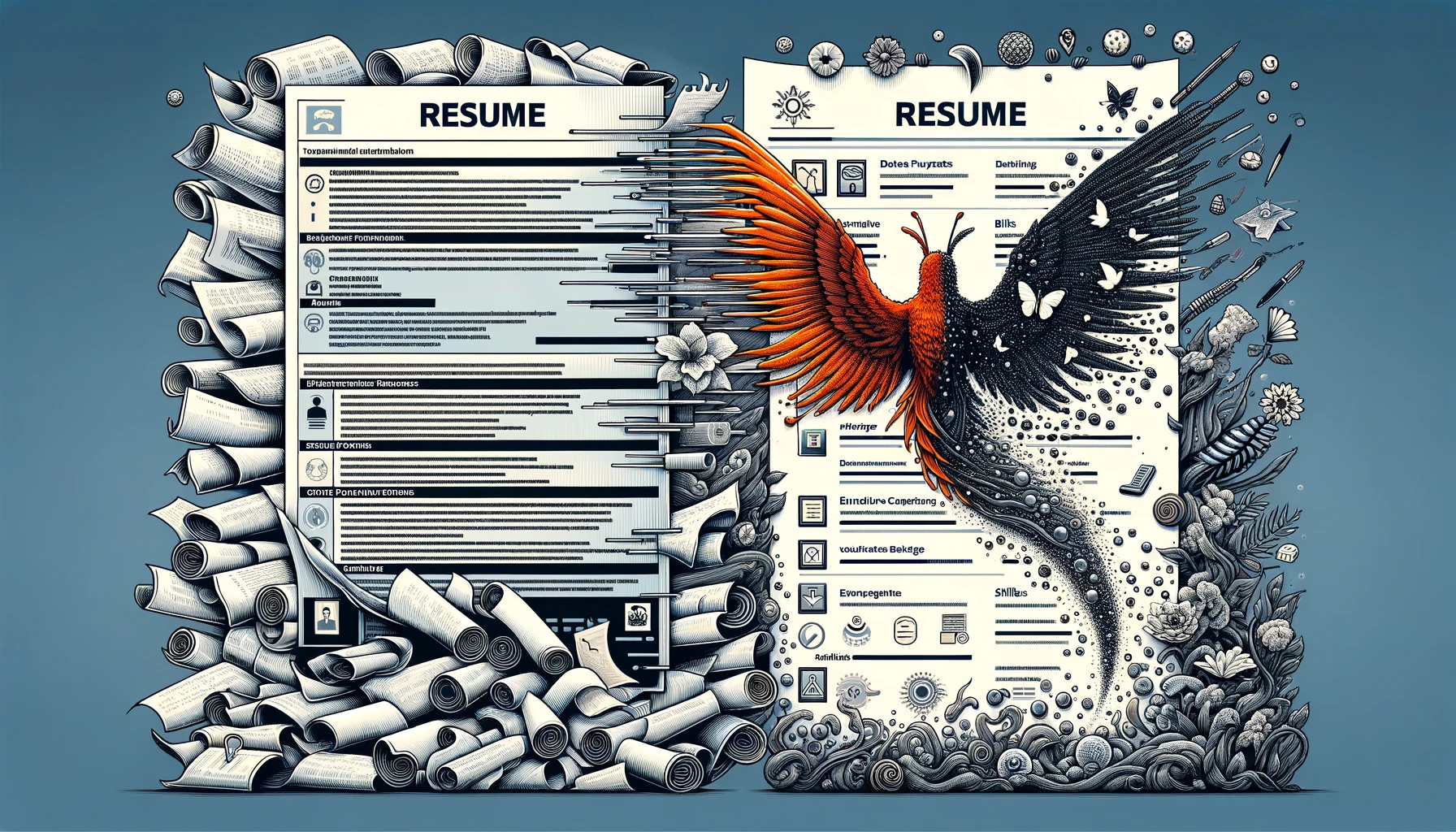What resume format is best?
There is a lot of confusion among job seekers regarding which resume format to use and which is most suitable.
There are a variety of formats available for resumes; thus, the question is: which one should you use?
The chronological format, the functional format, the hybrid or combined format, and the targeted format are the four primary types of resume formats.
The traditional chronological arrangement is the most common, but it can be difficult to differentiate oneself when using this format.
The following are a few pointers that will assist you in selecting the format of your resume most appropriate for your level of experience and your career objectives.
Chronological Format
The chronological format is one of the most typical and widely used formats for resumes.
On a resume, your employment history is listed in reverse chronological order, beginning with the position you held most recently and progressing backward in time from there. Employers-to-be are allowed to gain a comprehensive understanding of a candidate’s professional history through the use of this type of resume.
In addition, it illustrates how you have progressed within each role and demonstrates how consistently you have grown as a professional. This is your ideal resume if you have a lengthy and successful employment history.
Candidates who have a consistent work history and a wealth of experience that can be highlighted would benefit most from using this format.
The key to writing an effective chronological resume is to ensure that each job entry is concise and to the point.
Your resume might give the impression that it is cluttered and unprofessional if you have more than three lines of text for each job you have held.
Functional Format
Resume formats known as functional resume formats do not adhere to the standard chronological order of a traditional resume.
As a result of the fact that they are arranged according to both skills and experience, they are ideal for people who either do not have a continuous work history or have held various jobs in the past.
You might appear to be a more qualified candidate for the job if you use a functional resume instead of a chronological resume, which lists your work experience in reverse chronological order.
The functional resume format can be challenging to write, but it is essential to highlight your experience and skills to get an interview.
First, jot down a list of your experiences and skills, and then proceed to match those up with the jobs you have previously held.
Make sure to quantify your experiences whenever possible, such as by stating the number of people you supervised or the amount of money you managed, for example.
There are specific jobs for which a functional resume is not appropriate. You must avoid falling into these common traps if you use a functional format for your resume.
For instance, if you want to apply for a job that requires you to spend a lot of time writing or using a computer, the functional resume format is not the best choice. The same is true for positions that need specific skill sets to be fulfilled.
Hybrid or Combined Format
This layout takes the best aspects of chronological and functional resumes and combines them into one. Those who want to highlight their skills or have a varied work history will benefit the most from this format.
The combined resume format is an excellent option for job seekers with a significant amount of experience and education that they wish to include in their application. You can list your abilities and experiences in chronological order, beginning with your most recent accomplishments using this type of resume.
At the very top of the resume, you may also include a summary of your skills and qualifications. Because of the potential lengthiness of this format, you should give some thought to substituting a more condensed version for any applications submitted online.
Targeted Resume Format
Your resume is one of the essential tools in your toolbox when it comes to the process of finding a job for yourself. It is what potential employers will use to evaluate you and decide whether or not you are a good fit for the position and whether or not you have the qualifications they are looking for.
The question now is, what can you do to ensure that your resume stands out from the others? One strategy is to adapt your resume format to the job requirements for which you are applying.
There are a few distinct approaches you can take to accomplish this goal. For instance, if the job listing requires a particular set of skills or years of experience, you should emphasize those qualifications on your resume.
You can also tailor your resume to a specific position by including keywords on it that are pertinent to the job. Include any honors or awards you’ve received that are appropriate for the position and don’t forget to mention them!
To attract the attention of prospective employers, targeted resumes are an excellent tool. You can concentrate on the aspects of your skills and experience most relevant to the job you are applying for if you target your resume.
This will help you stand out from the other applicants and increase the likelihood that you will be hired. Finally, pay close attention to the organization of the information you have.
Conclusion
In conclusion, no standard format is appropriate for all resumes. Your level of experience, your level of skill, and your goals will determine the format that is most suitable for you.
Pick a format that brings attention to your best qualities and distinguishes you from the other candidates in the running.
Consult with a career counselor or resume writer if you are unsure which format or design to choose for your resume. They can assist you in developing a resume that effectively communicates your qualifications to potential employers and helps you land the job you want.





